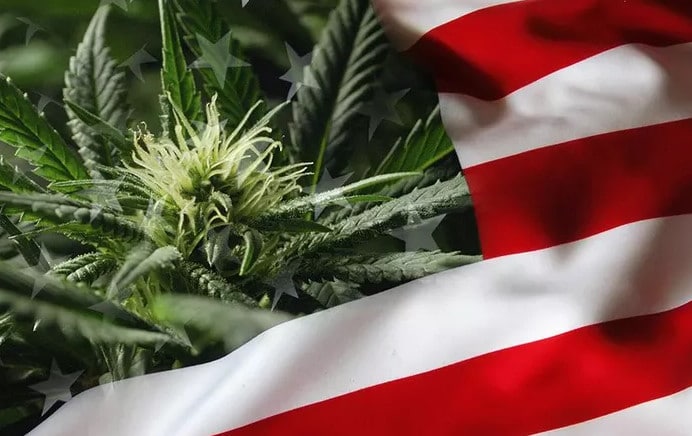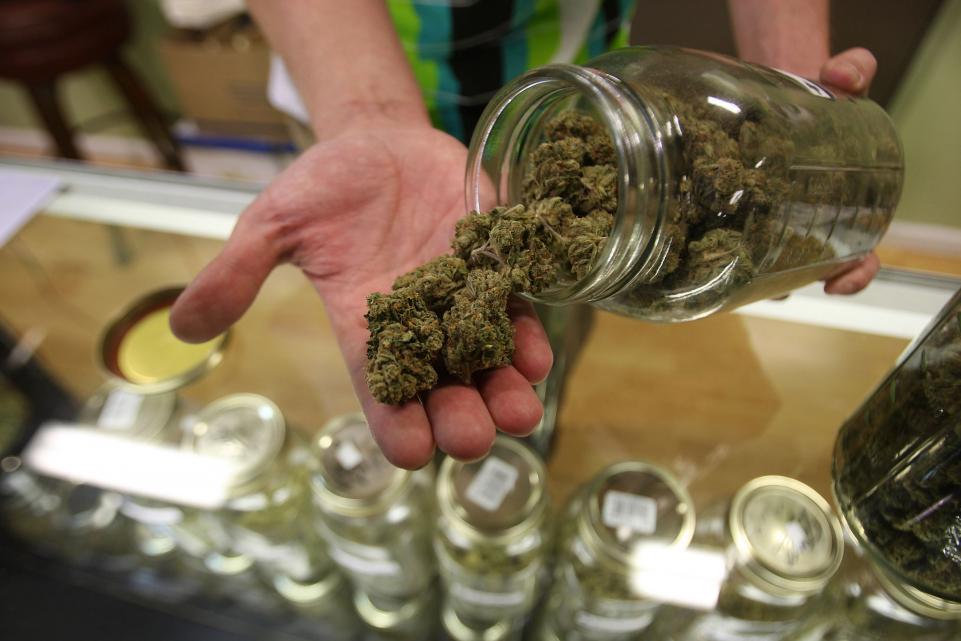Pedestrian deaths in traffic accidents have reached levels not seen in years, and a safety group has sought to explain why. It has identified several possible causes, like digital distractions and an increase in driving. Now it has added another: marijuana.
Over the first six months of 2017, pedestrian fatalities rose sharply from a year earlier in states that had legalized recreational marijuana, according to the Governors Highway Safety Association. In the rest of the country, such deaths declined.
“We are not making a definitive, cause-and-effect link to marijuana,” said Richard Retting, a traffic safety engineer at Sam Schwartz Consulting who was the author of the study. The data “is a marker for concern,” he added. “It may be a canary in a coal mine, an early indicator to address.”
Pedestrian deaths are far higher than a decade ago, both in sheer numbers and as a share of traffic fatalities. In 2016, the last full year for which the safety association has data, nearly 6,000 pedestrians were killed, 16 percent of the overall traffic toll.Many factors can cause traffic deaths to rise, and safety experts say the increases in recent years are partly a byproduct of recovery from the recession. “People are driving more when the economy is growing,” Mr. Retting said. Populations are rising in urban areas where most pedestrian fatalities occur, and cities are more congested.
In Alaska and Maine, pedestrian deaths are so few that any changes may not be statistically sufficient to identify a clear connection to the drug. Even in Colorado, a 12 percent jump in pedestrian deaths meant the total rose to 37 in the first half of last year, from 33 in 2016. Massachusetts was the only state in the group where such deaths decreased — by one.
“I’d be cautious about drawing a direct link to any potential cause,” said Jason Levine, executive director at the Center for Auto Safety, an advocacy group in Washington, D.C. “But it’s certainly worth trying to figure out why those numbers are what they are.”
Among the unanswered questions is whether and to what extent any link reflects marijuana use by drivers, pedestrians or both.
Russ Rader, a spokesman for the Insurance Institute for Highway Safety, said his organization had not studied links between marijuana use and severe crashes that involve deaths. But he said insurance claims from all collisions, including fender benders, were about 3 percent higher in states that have legalized marijuana than in nearby states.
Mr. Retting said the data he had examined suggested that increasing smartphone use might also be contributing to the rise in pedestrian fatalities. In 2015 and 2016, the total rose roughly 10 percent each year.
“It’s never increased that much, going all the way back to the 1970s,” he said.
The number of miles driven and the number of walking trips that people take have increased, but not enough to account for a 10 percent jump in pedestrian deaths, Mr. Retting said. At the same time, the number of smartphones in use more than tripled from 2010 to 2016, he said.
“What this tells me is that here is a metric worth keeping an eye on,” he said.
The governors’ association, which refers to itself as “the states’ voice on highway safety,” found that five states — California, Texas, Florida, New York and Arizona — accounted for 43 percent of all pedestrian traffic deaths. The states with the most pedestrian fatalities per 100,000 people were Arizona, New Mexico, Delaware, Louisiana and Florida.
While the overall number of pedestrian deaths in the first six months of 2017 was lower than in the 2016 period, the group said it projected that the rate for all of 2017 would be “essentially unchanged” from the year before.
credit:nytimes.com













